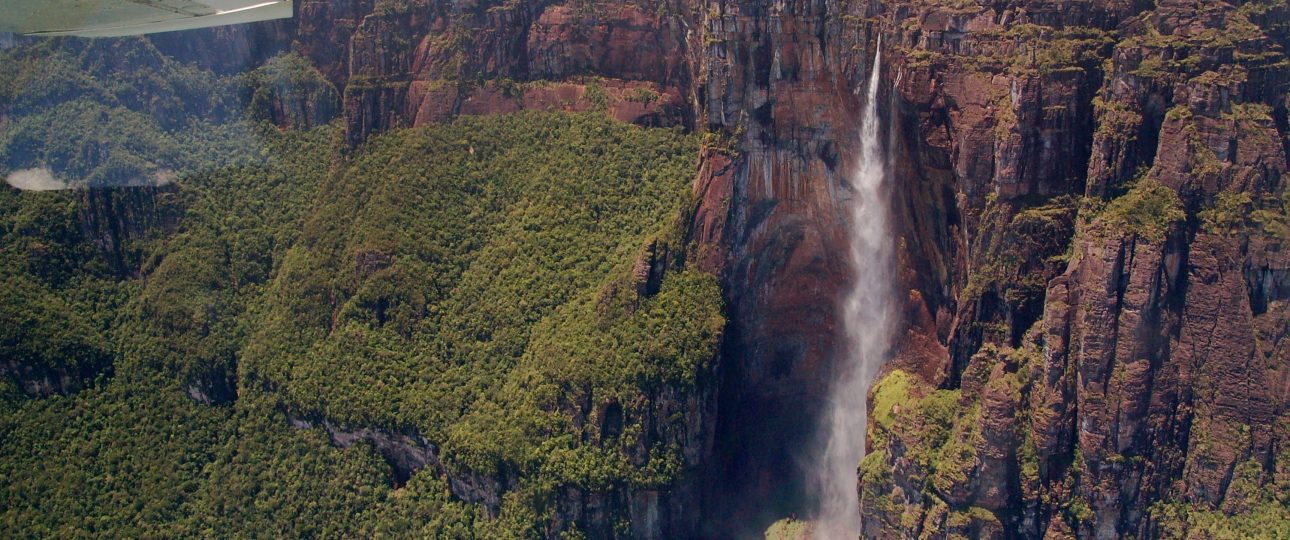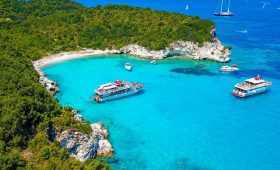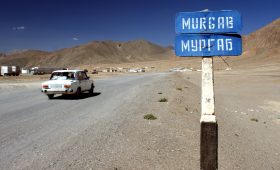Exploring Salto Kama and Salto Kawi in Venezuela
During my travels through Venezuela, I had the chance to visit the stunning waterfalls of Salto Kama and Salto Kawi, located in the Canaima National Park. These sites offer a refreshing escape into nature, with crystal-clear waters and striking red-hued rocks that make for a picturesque setting.
What to Expect
The waterfalls are a perfect spot for a swim, especially on a hot day. The area is well-maintained by park rangers who ensure that visitors use environmentally friendly products. It’s important to note that access to the site is limited to daylight hours, closing at 5 PM, so plan your visit accordingly. If you arrive late, you’ll need to wait until the next day to enter.
For those looking to extend their stay, there are camping facilities available, along with public restrooms and food vendors. The park’s trails offer various points for bathing and exploration, making it a great destination for both relaxation and adventure.
Local Wildlife and Precautions
While the natural beauty of the area is captivating, visitors should be prepared for the local wildlife, particularly mosquitoes. Known locally as “maruim” or “borrachudo,” these insects can leave itchy welts. I highly recommend bringing a good insect repellent to ensure a more comfortable experience.
Getting There
Reaching Salto Kama and Salto Kawi requires some planning. The nearest major airport is in Caracas. From there, you can take a domestic flight to Ciudad Bolívar. Once in Ciudad Bolívar, hiring a local guide or renting a car is advisable to navigate the roads leading to the park. A 4×4 vehicle is recommended due to the rugged terrain.
Best Time to Visit
The ideal time to visit is during the dry season, from December to April, when the weather is pleasant and the waterfalls are at their most impressive. Be aware that the wet season can bring heavy rains, which might limit some activities.
Embracing the Local Culture
One of the highlights of visiting Salto Kama and Salto Kawi is the opportunity to engage with the local indigenous communities. These communities have preserved their traditions and offer a glimpse into their way of life. Interacting with them adds a rich cultural layer to the natural beauty of the region.
Overall, my visit to Salto Kama and Salto Kawi was an unforgettable experience. The stunning natural landscapes makes it a destination worth exploring for any traveler seeking both adventure and tranquility.





